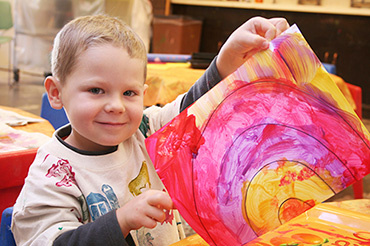Child Care Safety

Definition: Child care safety concentrates on protecting young children from hazards and diseases in child care settings such as day care centers; child care homes; preschools; and before- and after-school programs.
Magnitude of the Problem
According to the American Academy of Pediatrics, a majority of children in the U.S. are enrolled in out of home child care programs.
Some factors that contribute to injuries in this setting include:
- Playgrounds
- Other children (pushing, throwing)
- Furniture
- Cribs
- Transportation
- Physical environment, e.g. radiators; glass doors; fences gates; vegetation.
- Toys
- Bicycles and sleds
While most injuries that occurred at child care centers are minor, falls from playground structures tend to be the most severe, sometimes resulting in fractures and concussions (Journal of Child Health Care, 2015).
Unintentional Injuries in Child Care Centers in the United States: A Systematic Review
Hashikawa, A. N., Newton, M. F., Cunningham, R. M., & Stevens, M. W. Journal of Child Health Care (2015). 19(1): 93-105.
Quality Early Education and Child Care From Birth to Kindergarten
Pediatrics (2005, Reaffirmed 2009). 115(1): 187-191.
Prevention
Regulation and inspections of child care setting vary across the country. Oversight of out of home child care safety lies with individual states, each of which develops its own regulations. The American Academy of Pediatrics, American Public Health Association, and the National Resource Center for Health and Safety in Child Care Settings have developed national guidelines that can help to inform the development of state regulations and help parents evaluate out of home child care settings to assure the health and safety of their children. These include safety guidelines relating to playgrounds, strangulation hazards, child passenger safety, safe sleep practices, and more.